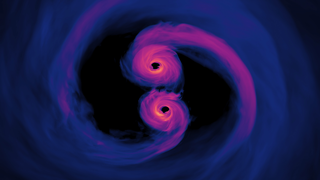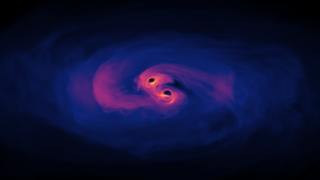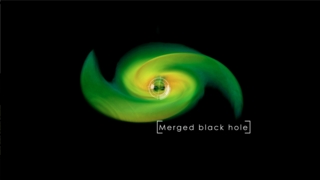NASA-led Study Explains How Black Holes Shine in Hard X-rays
By analyzing a supercomputer simulation of gas flowing into a black hole, the team finds they can reproduce a range of important X-ray features long observed in active black holes. Jeremy Schnittman, an astrophysicist at NASA's Goddard Space Flight Center in Greenbelt, Md., led the research.
Black holes are the densest objects known. Stellar black holes form when massive stars run out of fuel and collapse, crushing up to 20 times the sun's mass into compact objects less than 75 miles (120 kilometers) wide.
Gas falling toward a black hole initially orbits around it and then accumulates into a flattened disk. The gas stored in this disk gradually spirals inward and becomes greatly compressed and heated as it nears the center, ultimately reaching temperatures up to 20 million degrees Fahrenheit (12 million C), or some 2,000 times hotter than the sun's surface. It glows brightly in low-energy, or soft, X-rays.
For more than 40 years, however, observations show that black holes also produce considerable amounts of "hard" X-rays, light with energy tens to hundreds of times greater than soft X-rays. This higher-energy light implies the presence of correspondingly hotter gas, with temperatures reaching billions of degrees.
The new study involves a detailed computer simulation that simultaneously tracked the fluid, electrical and magnetic properties of the gas while also taking into account Einstein's theory of relativity. Using this data, the scientists developed tools to track how X-rays were emitted, absorbed, and scattered in and around the disk.
The study demonstrates for the first time a direct connection between magnetic turbulence in the disk, the formation of a billion-degree corona above and below the disk, and the production of hard X-rays around an actively "feeding" black hole.
Watch this video on YouTube.
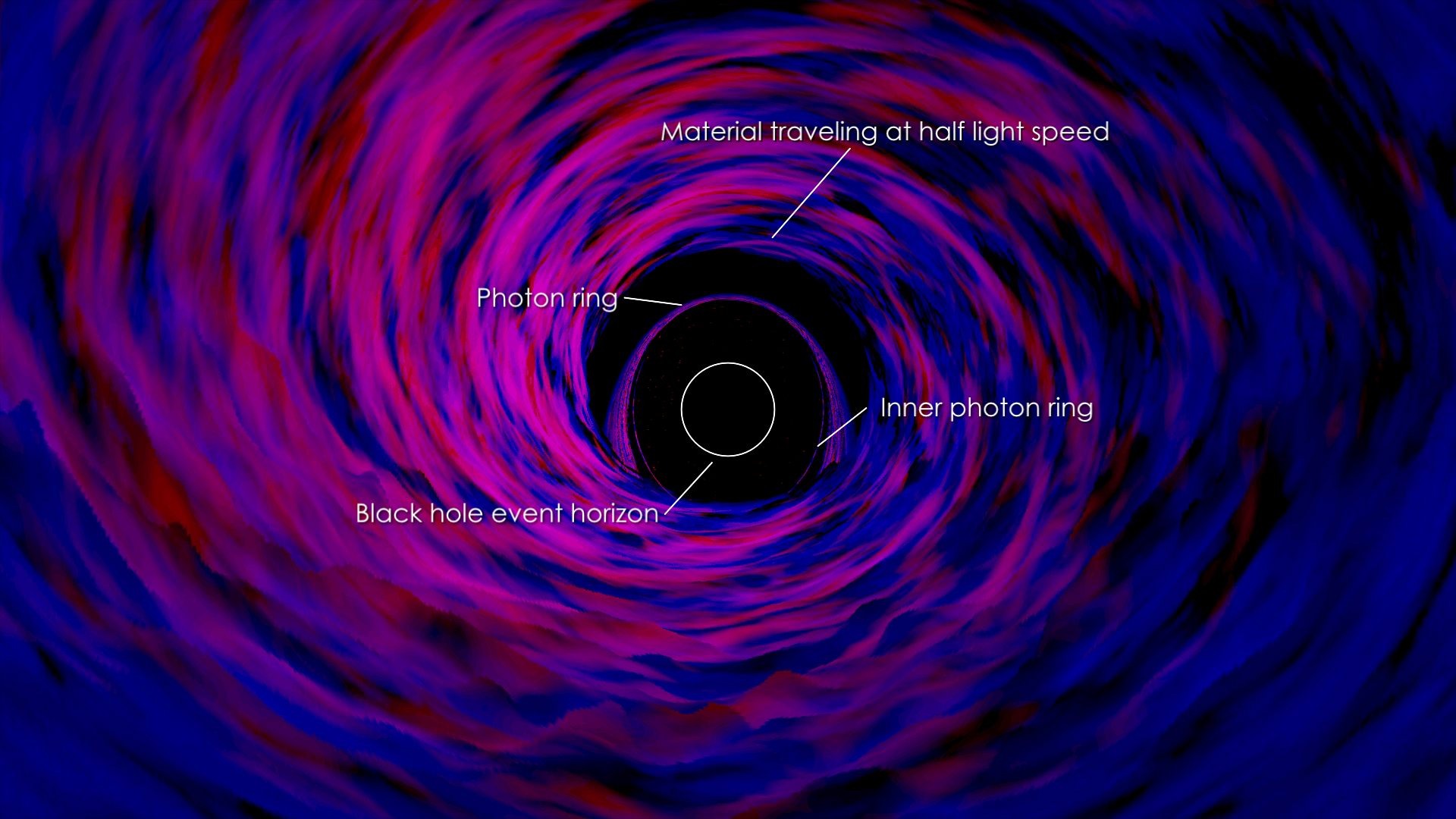
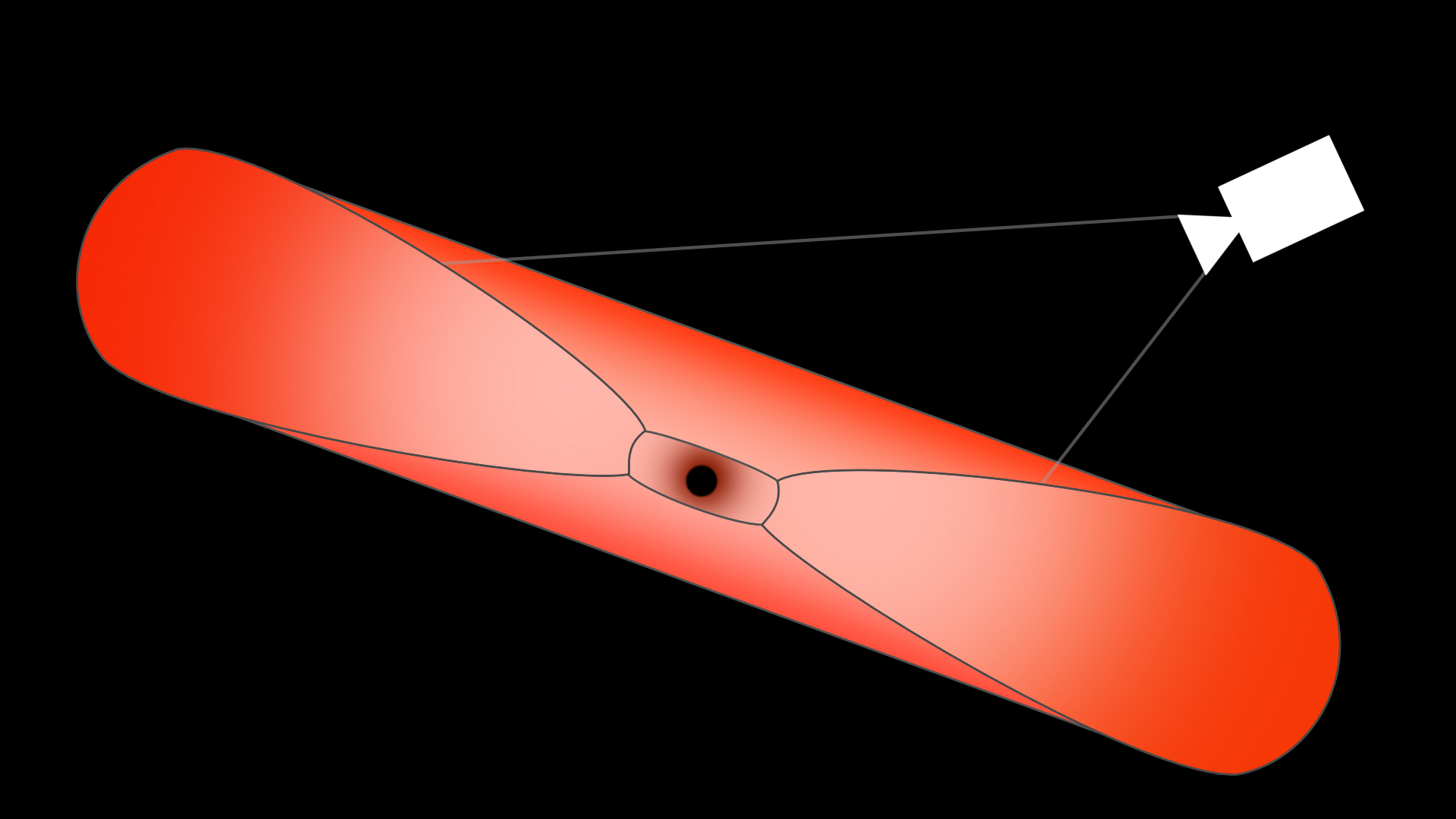
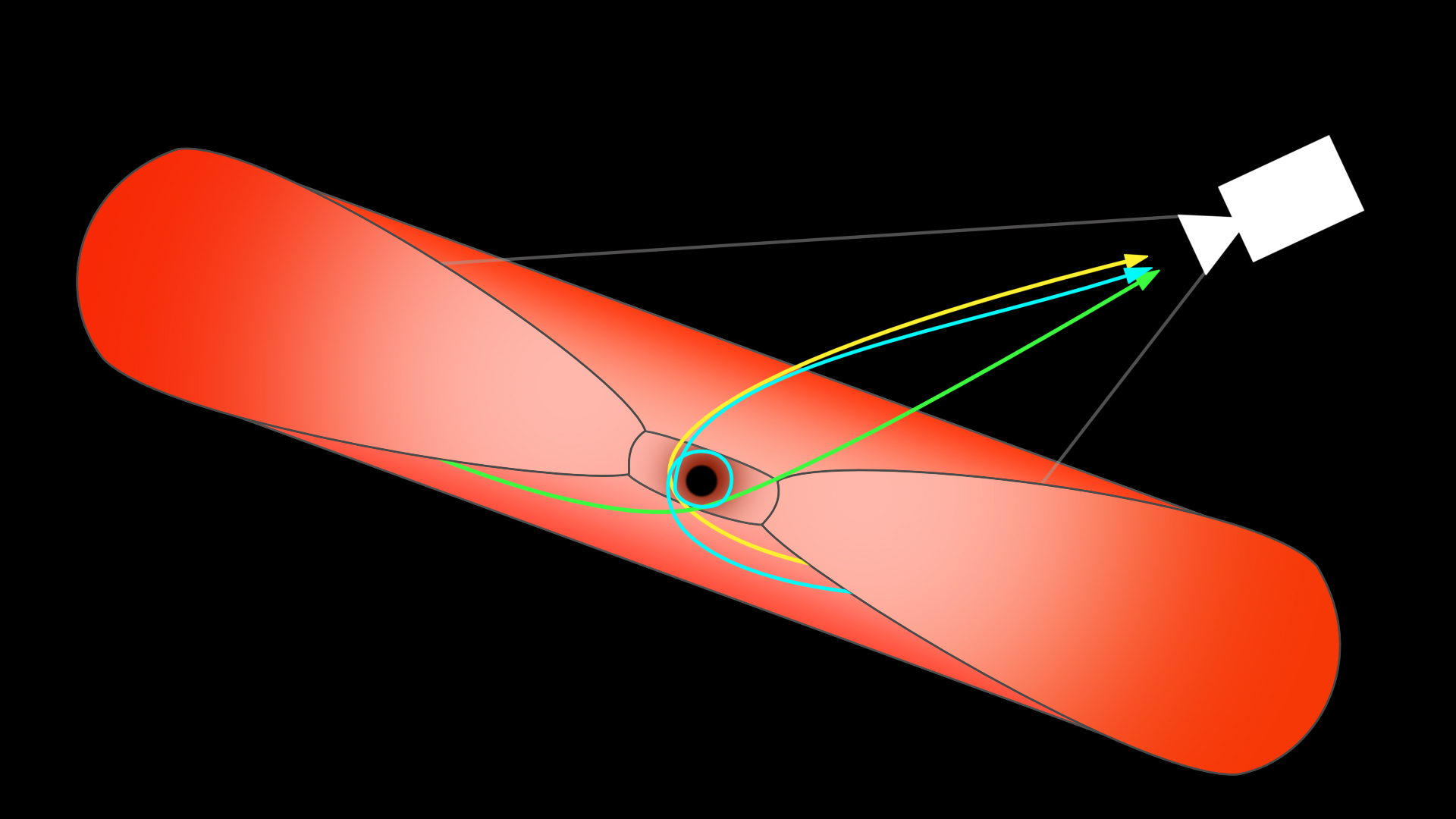

Related
For More Information
Credits
Scott Wiessinger (USRA): Video Editor
Scott Wiessinger (USRA): Producer
Jeremy Schnittman (NASA/GSFC): Scientist
Francis Reddy (Syneren Technologies): Writer
NASA's Goddard Space Flight Center. However, individual images should be credited as indicated above.
http://arxiv.org/abs/1207.2693
Short URL to share this page:
https://svs.gsfc.nasa.gov/11206
This item is part of these series:
Narrated Movies
Astrophysics Simulations
Astrophysics Stills
Astrophysics Features
Goddard TV Tape:
G2013-023 -- First Principles Black Hole Simulation
Keywords:
SVS >> Galaxy
SVS >> HDTV
SVS >> X-ray
GCMD >> Earth Science >> Spectral/Engineering >> Gamma Ray
SVS >> Black Hole
SVS >> Astrophysics
SVS >> Space
NASA Science >> Universe
GCMD keywords can be found on the Internet with the following citation: Olsen, L.M., G. Major, K. Shein, J. Scialdone, S. Ritz, T. Stevens, M. Morahan, A. Aleman, R. Vogel, S. Leicester, H. Weir, M. Meaux, S. Grebas, C.Solomon, M. Holland, T. Northcutt, R. A. Restrepo, R. Bilodeau, 2013. NASA/Global Change Master Directory (GCMD) Earth Science Keywords. Version 8.0.0.0.0

